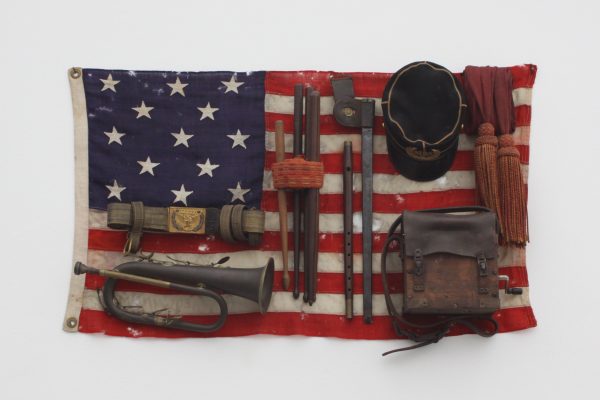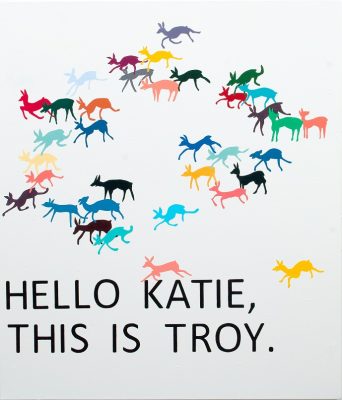Tausif Noor
Tausif Noor is a critic and doctoral student at the University of California Berkeley, where he studies modern and contemporary art history. His writing on art, literature, and visual culture appears in Artforum, frieze, The Nation, The New York Times and other venues, as well as in artist catalogues and various edited volumes.
READ NEXT









